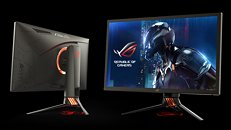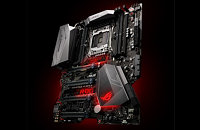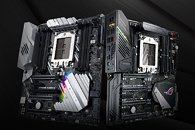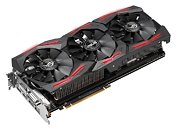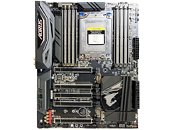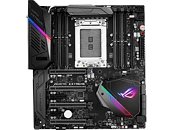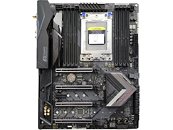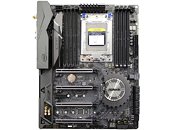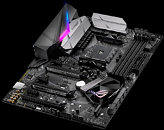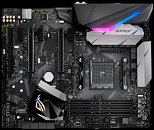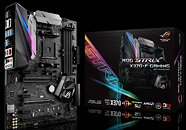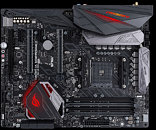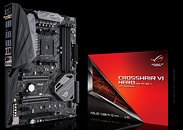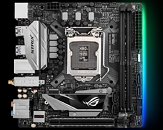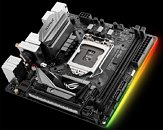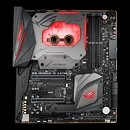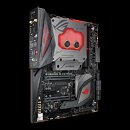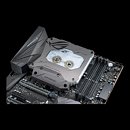
Acer, ASUS Delaying Their 4K, 144 Hz G-Sync HDR Displays to 2018
It's confirmed: no 144 Hz 4K gaming with HDR in 2017 for NVIDIA gamers who want to make use of G-Sync t avoid screen tearing in their games. Acer last week announced that its 4K HDR Predator X27 gaming display would be delayed to Q1 2018 (meaning, no such thing below your Christmas tree or on your fireplace sock, sadly.) But it isn't Acer's fault, apparently: ASUS's ROG Swift PG27UQ, which features virtually the same specifications, has also been delayed to 2018. Both these monitors are based of an NVIDIA reference design showcased at Computex 2017 (you may remember a slight foul play there as well.)
The Acer Predator X27 and the ASUS ROG Swift PG27UQ are based on AU Optronics' M270QAN02.2 AHVA panel, which offers a 3840×2160 resolution and can reach a 144 Hz refresh rate. Something that really should make these monitors shine is the usage of a direct LED backlighting system with 384 zones, which can be individually dimmed or brightened as needed, which allows the panel to deliver much higher levels of contrast, needed for true HDR display. At least until OLED panels make their way to high-performance gaming monitors, these are expected to be the best of the crop.
The Acer Predator X27 and the ASUS ROG Swift PG27UQ are based on AU Optronics' M270QAN02.2 AHVA panel, which offers a 3840×2160 resolution and can reach a 144 Hz refresh rate. Something that really should make these monitors shine is the usage of a direct LED backlighting system with 384 zones, which can be individually dimmed or brightened as needed, which allows the panel to deliver much higher levels of contrast, needed for true HDR display. At least until OLED panels make their way to high-performance gaming monitors, these are expected to be the best of the crop.
